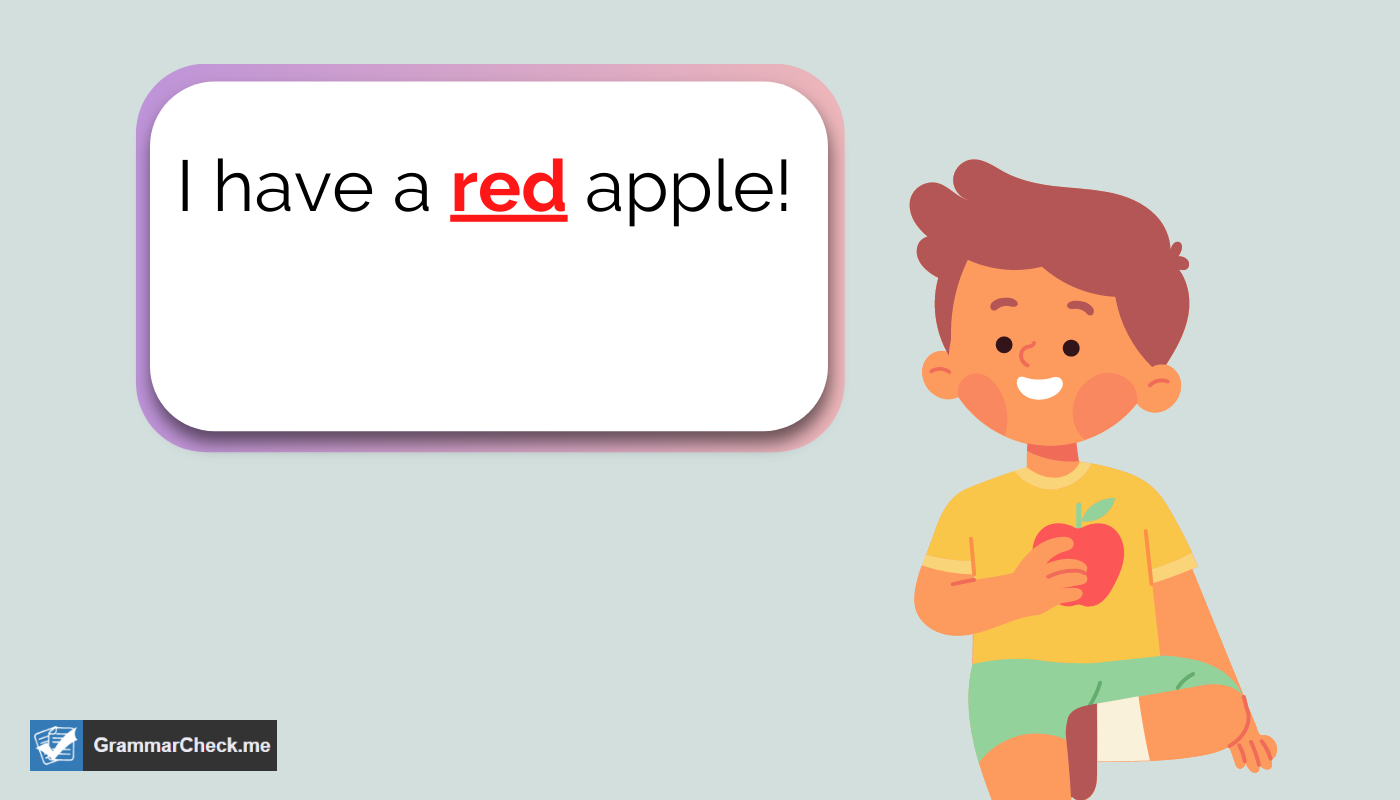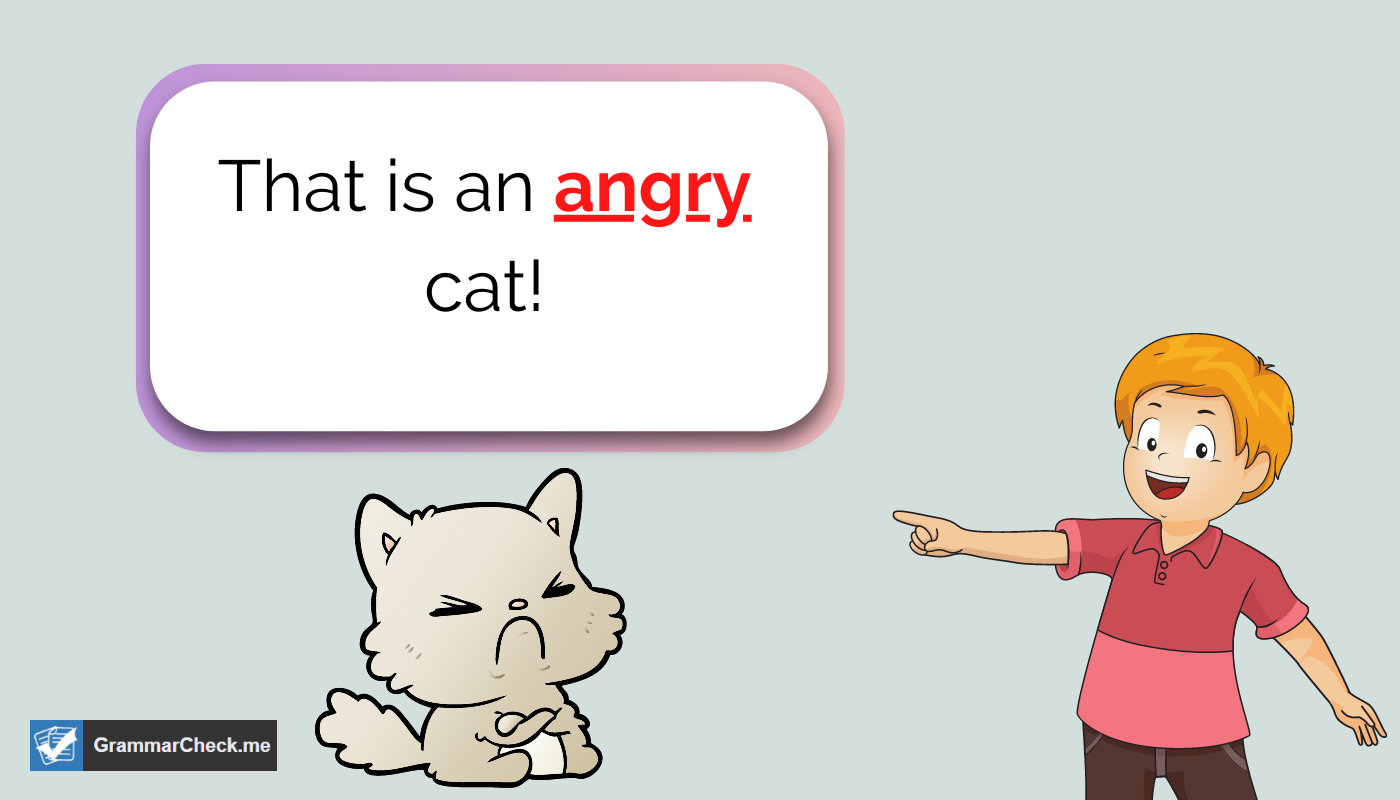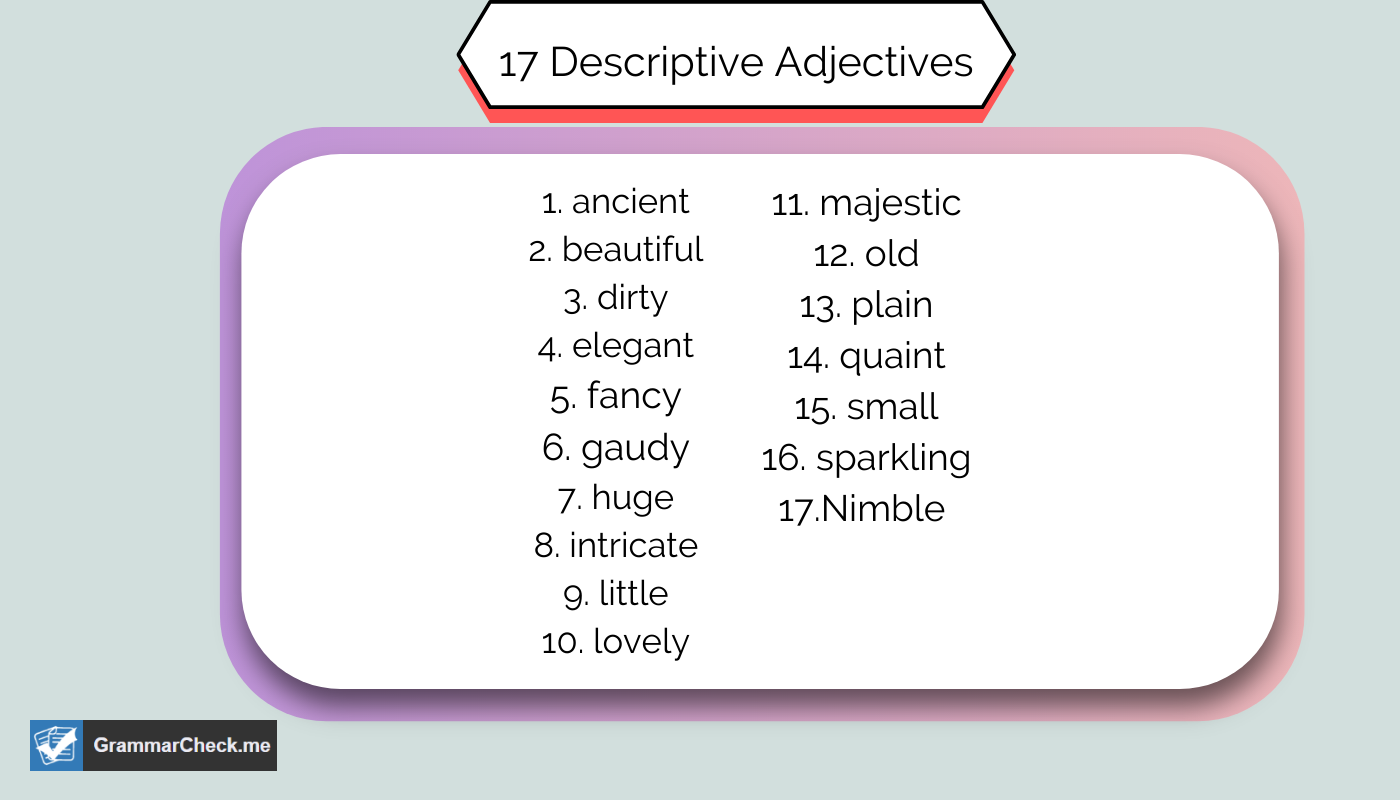What are descriptive adjectives, and how do you use them? Knowing can bring your writing to the next level. Learn more in this article.
The English language relies on adjectives to truly get across meaning. They’re how we determine the quality of things and consequently form opinions and make decisions. But what are descriptive adjectives, and how do you use them?
Here’s a hint: you’re most likely already using descriptive adjectives daily in your speech, so why not take advantage of them in your writing?
This article will explain everything you need to know about descriptive adjectives, from how to use them to specific examples to enhance the quality of your writing.
What Are Descriptive Adjectives: Definition
Let’s start with the definition of an adjective. An adjective is simply a word that modifies a noun or a pronoun to provide more detail on the whole meaning of that word. It is one of the most frequently used parts of speech.
English speakers use adjectives all the time, as they are deeply embedded in the language. Speaking English often calls for being as descriptive as possible, which is where adjectives come in.
Here are a few examples of adjectives in action (adjectives are in bold):
- Six dogs
- Plastic cup
- Sarah’s lamp
Descriptive adjectives take the role of an adjective further and are the most commonly used adjectives in English. A descriptive adjective is an adjective that modifies a pronoun or a noun by describing a quality or feature.
The opposite of descriptive adjectives are indefinite adjectives. Check out our indefinite adjectives list if you want to learn more.

The goal of descriptive adjectives is to provide more detail about that pronoun or noun by describing its characteristics. Adjectives are very versatile, they can even be changed into adverbs!
While not every sentence needs a descriptive adjective, they help your sentences sound more complete by conveying more information. They also help your descriptive writing sound more engaging to whoever is reading it.
Here is a popular list of descriptive adjectives by category.
- Color
- Sound
- Texture or material
- Size
Descriptive Adjective Grammar Rules
Just like any other type of word, descriptive adjectives follow specific grammar rules.
Firstly, it’s essential to know the different possible adjective suffixes. Most English adjectives are not standalone words and derive from certain root words. A good basic understanding of those root words makes it easier to come up with and use descriptive adjectives in a sentence. This is also the best way to identify descriptive adjectives in a sentence.

Some common descriptive adjective examples in English include:
- -ent: excellent
- -ive: creative
- -ous: adventurous
- -ful: beautiful (Ex: “You are too cute!”
- -less: careless
- -able: reasonable
Another important consideration regarding descriptive adjectives is knowing where to place them in a sentence. For the most part, descriptive adjectives are before the noun or pronoun that it is describing, such as in this example:
- The bright sun is shining.
However, with a little change to the sentence structure, you can have the descriptive adjective come after the noun, “sun,” and still keep the same meaning, as you can see below:
- The sun is shining bright.
Understanding these different grammatical rules regarding descriptive adjectives may take some time, but as you practice and stay mindful of your writing, they will eventually come naturally to you.
Now that you better understand descriptive adjectives, let’s look at a few more examples.
Examples of Descriptive Adjectives In a Sentence
Now that you know what these adjectives like “due to” are, you still need to be able to put these powerful descriptive words to use.
Are you still confused about how to use a descriptive adjective in a sentence? Learning by example is the most effective way to see the whole picture.
To further illustrate the use of descriptive adjectives, here are a few more descriptive adjectives examples with the adjective in bold.
- The green apple tasted delicious.
- Jordan is an unorganizedperson.
- Italy is a beautiful country.
- I would like the big bookshelf on the left.
- Clifford is the Big Red Dog.

Additional Tips on Using Descriptive Adjectives
Here are a few additional tips on using descriptive adjectives. Remember that adjectives are a very important part of any sentence. They add much-needed details.
To start, there are a variety of descriptive adjectives in the English language, so you should never have any trouble finding the right one for your sentences. However, if you do need a little more inspiration, think about the five senses:
- Sight
- Hearing
- Smell
- Touch
- Taste
Descriptive adjectives are typically always associated with one of the five senses, so if you’re trying to come up with an adjective for your sentence, think about your senses.
How does the word you’re describing make you feel? Is it a food that you can taste? Does whatever you’re describing make a sound? These are all questions that you should be asking yourself to find the most suitable descriptive adjectives.
And if you want to master the art of word choice and descriptive adjectives, consider using our reword my sentence tool! This tool will improve your word choice in seconds.
You also want to watch out for the number of descriptive adjectives you use in a sentence. Yes, there is such a thing as using too many descriptive adjectives! These adjectives help enhance your language and paint a better picture of what you’re describing, but using too many can make your sentence difficult to understand.
Here’s an example of descriptive adjective overkill:
- That big, red, delicious, ripe apple is ready to be eaten.
As you can see, having to go through four adjectives to get to the subject makes the sentence hard to read. Using one descriptive adjective is often enough, but you should never use more than three.
Other Types of Adjectives
There are two other main types of adjectives that are commonly used in writing.
- Demonstrative Adjective – Demonstrative adjectives point out the direction or location of a noun (particular person, place, or thing).
- Quantitative Adjectives – Adjectives that denote a quantity of a specific noun. For example, “one” is a quantitative adjective because it denotes a quantity of a noun. “There is one apple.”
There are some other forms of less popular adjectives. Check them out below:
- Interrogative Adjectives – A type of adjective that’s used to ask questions.
- Attributive Adjectives – Adjectives that directly precede the noun or pronoun that they modify. In other words, they’re right next to the thing they’re describing.
- Compound Adjectives – A type of adjective that is made up of multiple individual words, usually two or more. The individual words are usually joined together with a hyphen, although some stylists prefer to omit the hyphen.
What Are Proper Adjectives?
Most people are familiar with the concept of an adjective, but fewer know about proper adjectives. As the name suggests, a proper adjective is derived from a proper noun.
- For example, the word “British” is a proper adjective because it is derived from the proper noun “Britain.”
When proper nouns are involved, it is important to pay close attention to capitalization rules. Proper adjectives are always capitalized, even when they appear in the middle of a sentence.
FAQs – Descriptive Adjectives
There are three types of descriptive adjectives: positive, comparative, and superlative. Positive adjectives describe something in a positive way. Comparative adjectives are used to compare two things. Superlative adjectives are used to describe the best or worst thing.
Adverbs describe adjectives by providing information about how, when, where, or to what extent something is done. For example, the adjective “red” can be described as “deeply red”, “slightly red”, or “a bright red”.
Yes, “beautiful” is an adjective. It means having qualities that pleases the senses or emotions. For example, a beautiful painting may be aesthetically pleasing to look at.
Summary: The Power of Descriptive Adjectives
Hopefully, this article helped you understand descriptive adjectives and gave you a better understanding of how to spot them and how to use them.
If you’re interested in learning about different descriptive adjectives, check out our article on coordinate adjectives. And if you want more help improving your English grammar, use our FREE grammar software!
